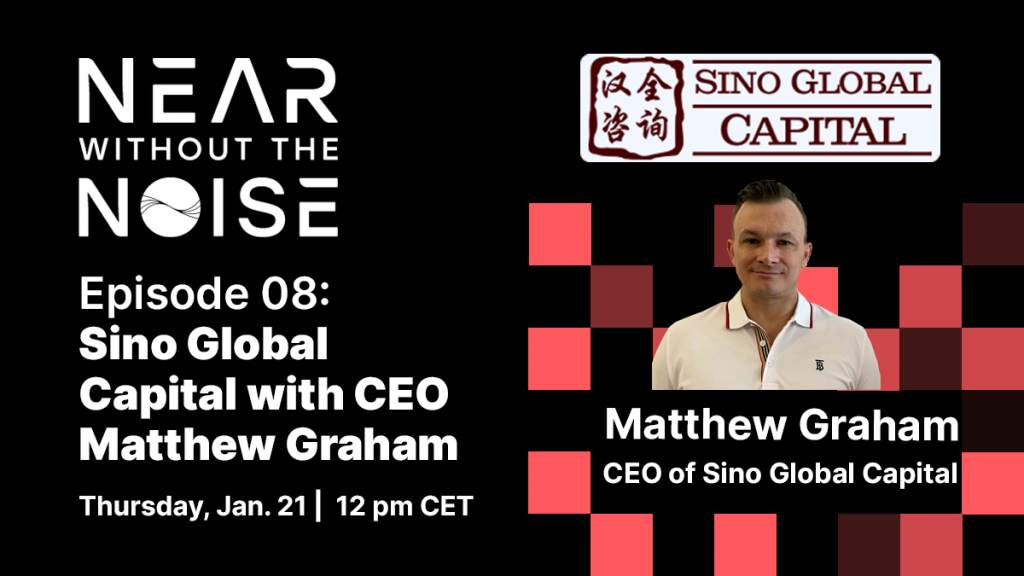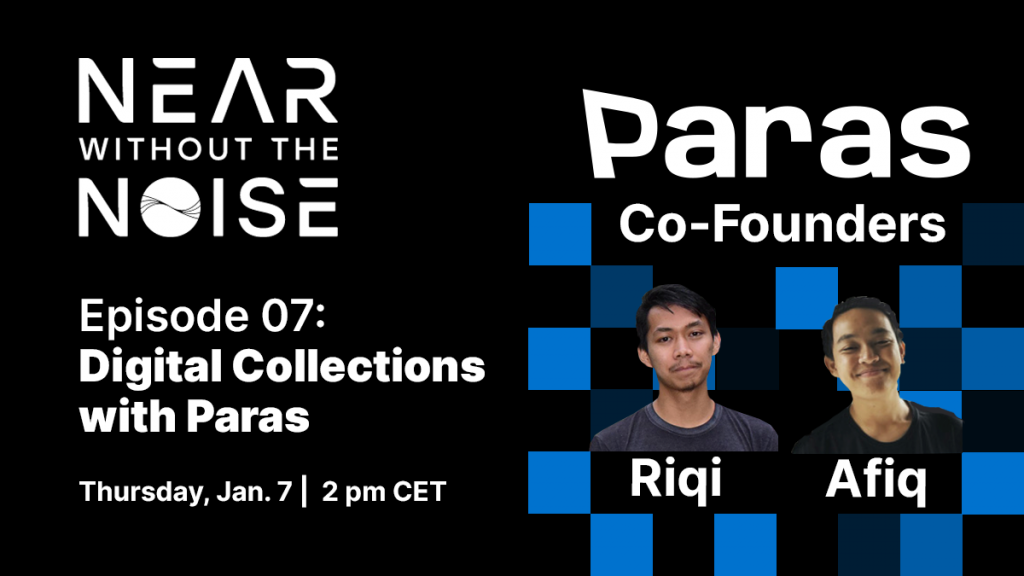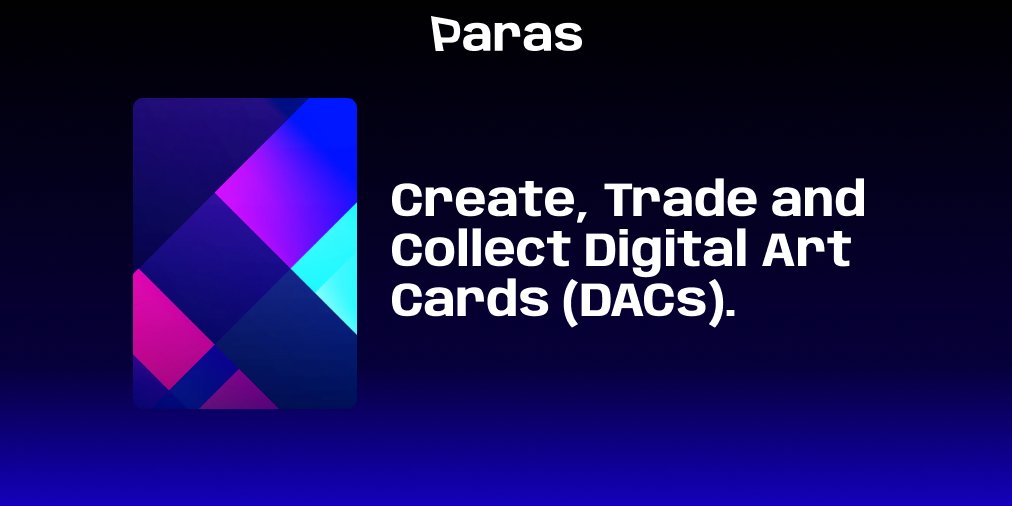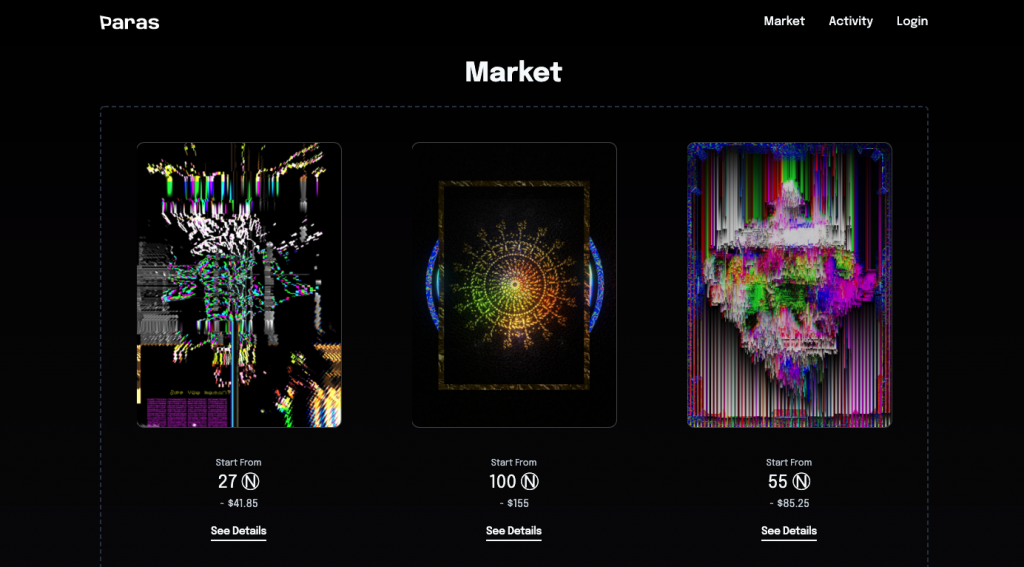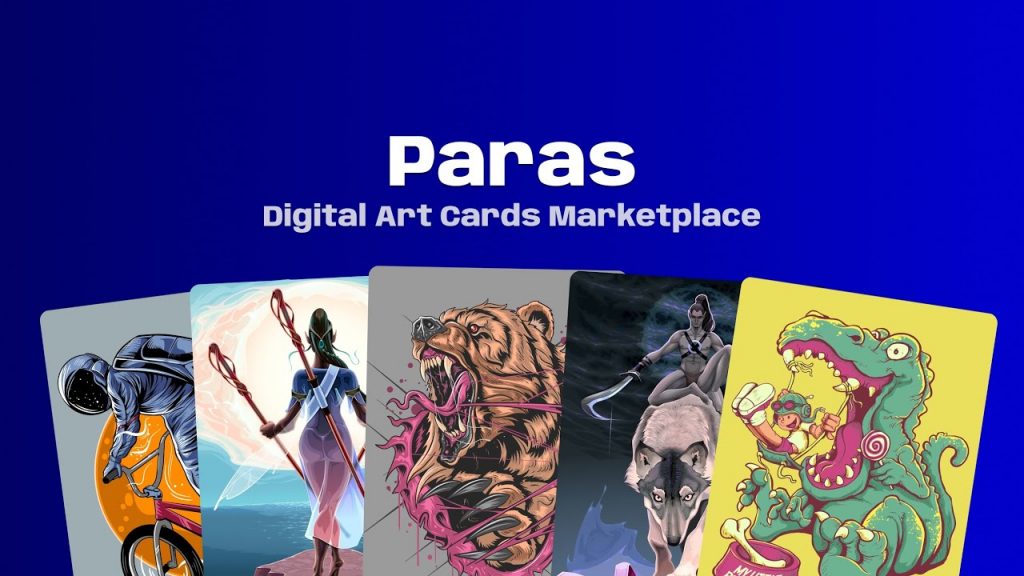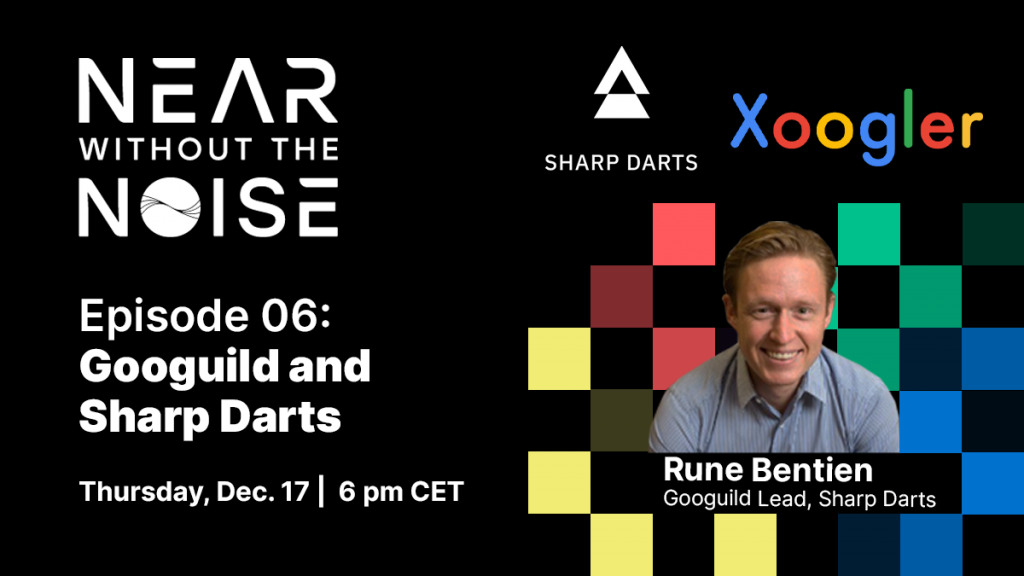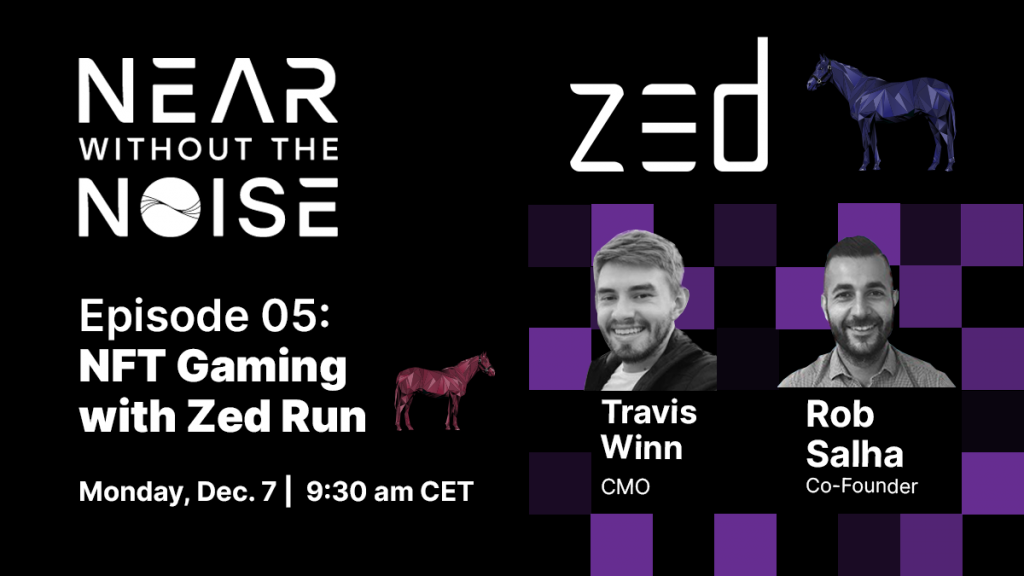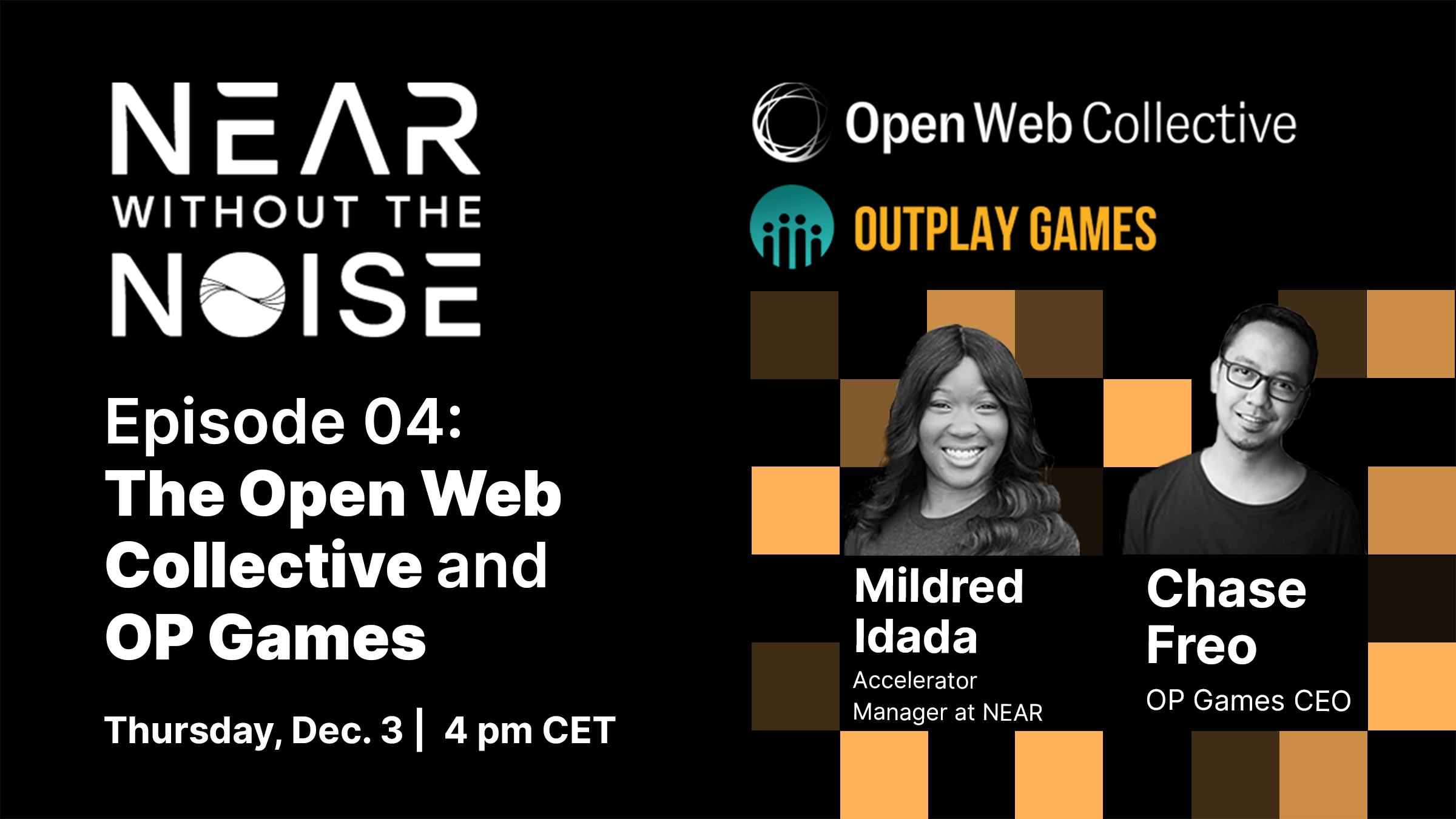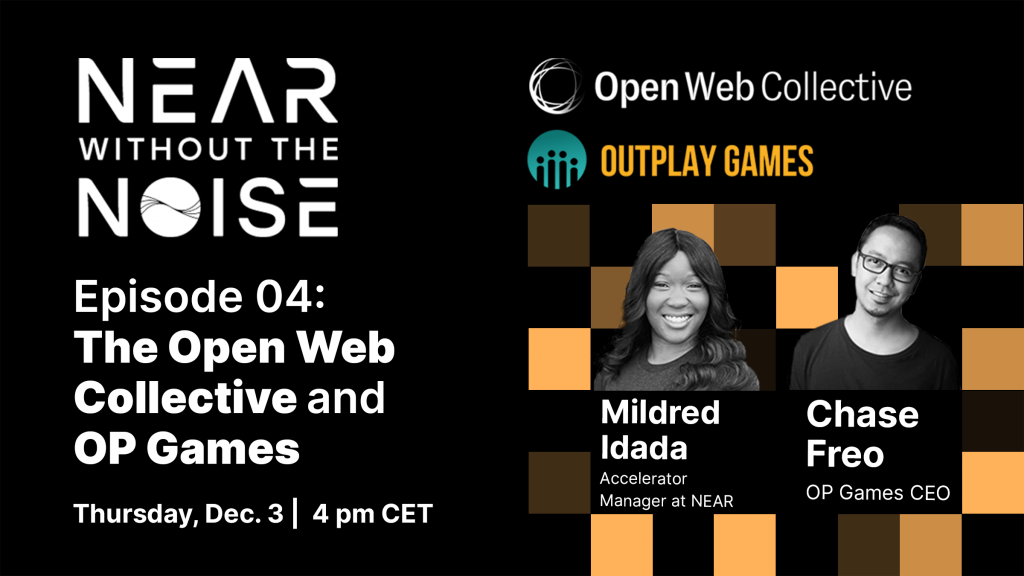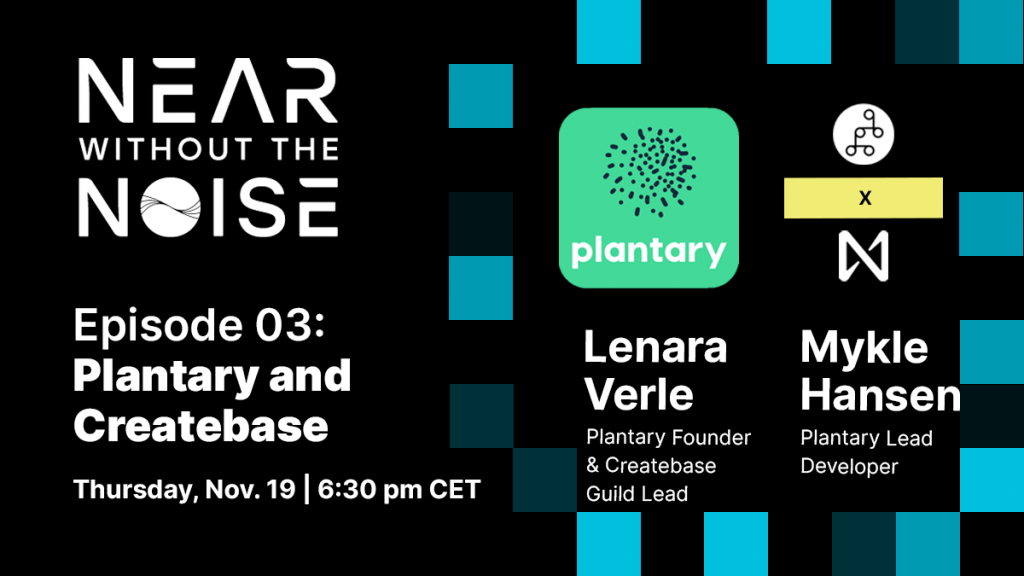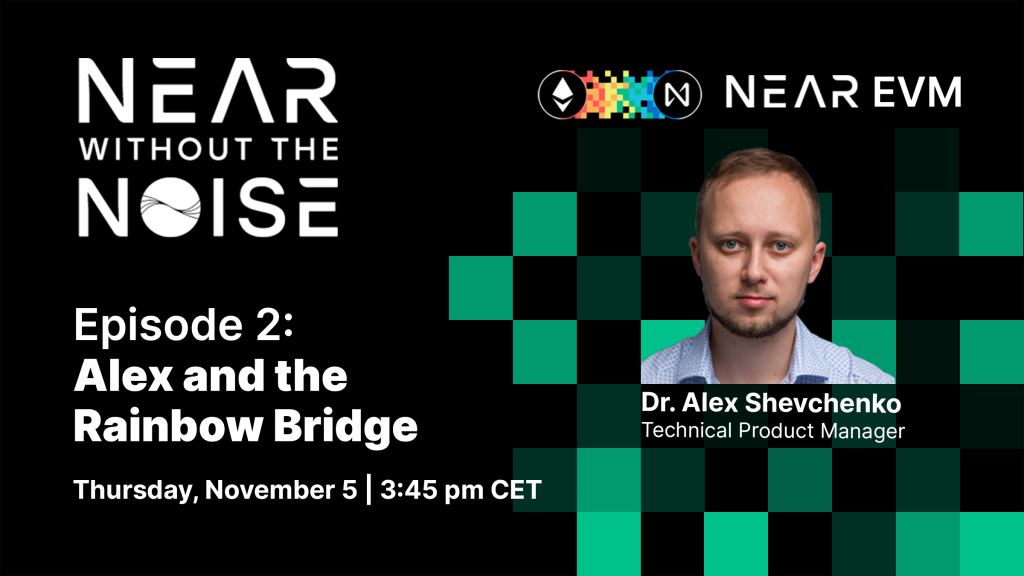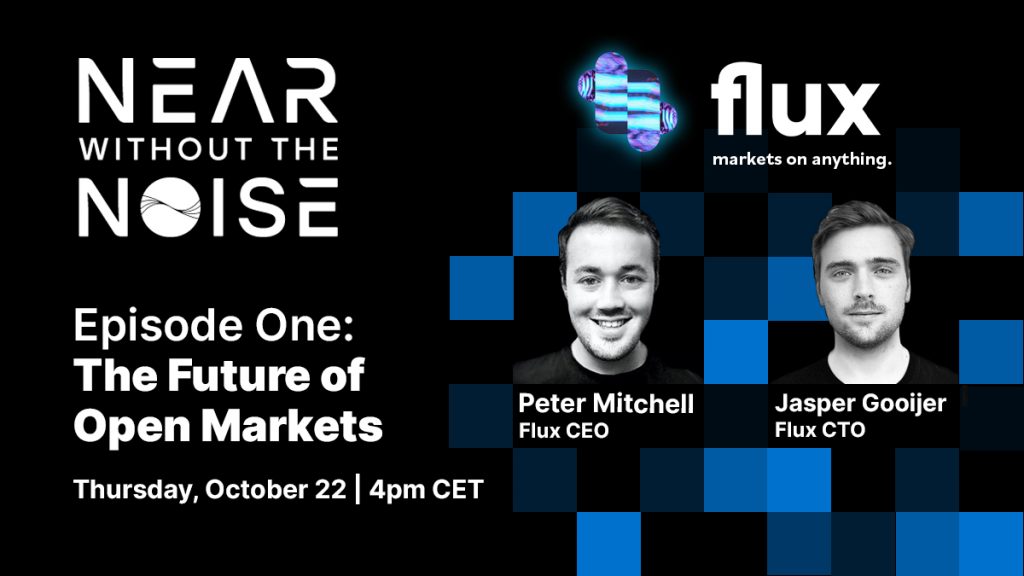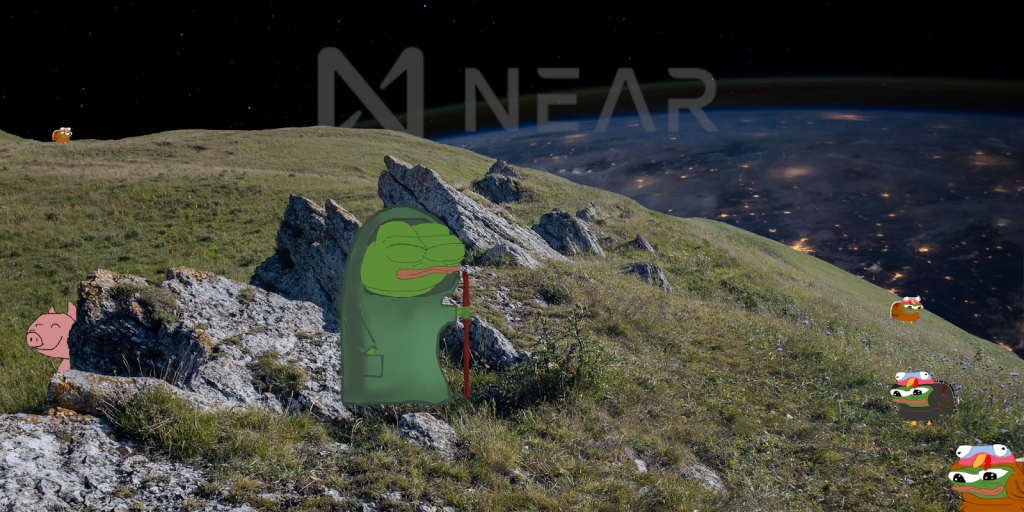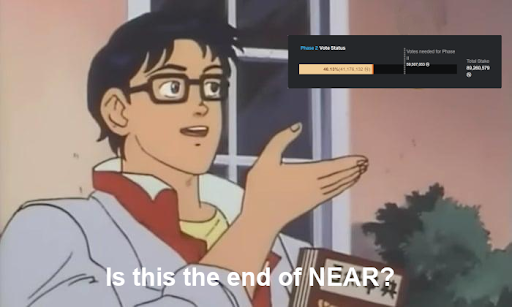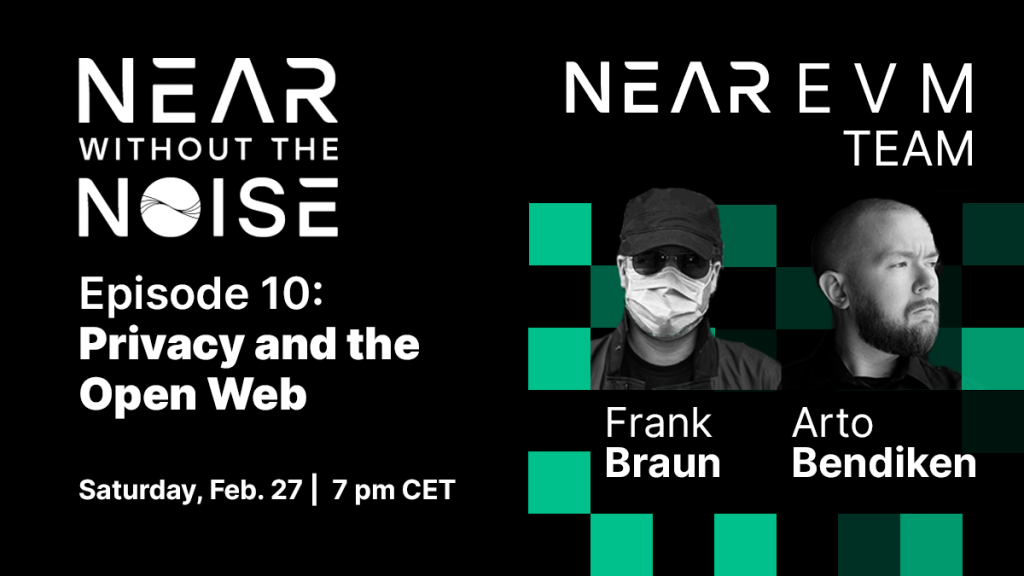
NEAR without the Noise Episode 10 featured an exclusive conversation between Ozymandius, Arto Bendiken and Frank Braun on the recent launch of the Cypherpunk Guild. The topics discussed ranged from the origins and history of Cypherpunks, to the need for privacy in the world today, NEAR Protocol’s value proposition, and the many different privacy solutions awaiting development and funding. A full video of the conversation can be found here.
What are Cypherpunks?
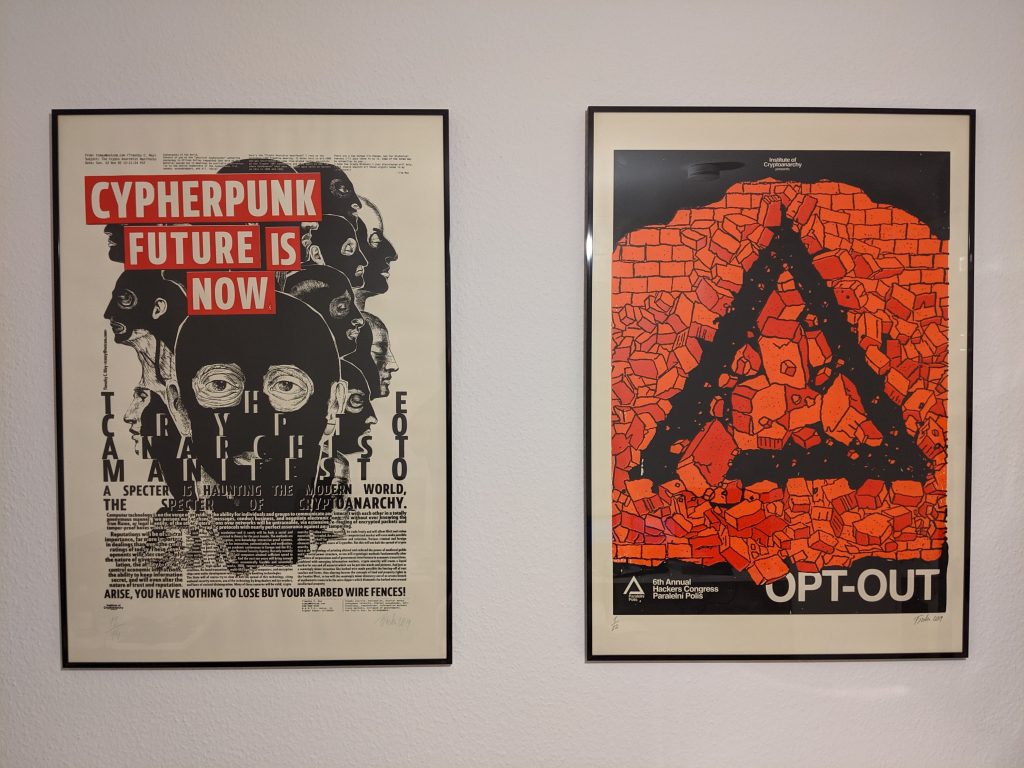
For many, the term ‘Cypherpunk’ is a foreign concept that is often confused with other terms like ‘Cyberpunk’ or ‘Crypto-Anarchist’. At the very beginning of the discussion both Arto and Frank – 2nd generation Cypherpunks – take the time to explain a little bit about the history and values of the Cypherpunk movement:
“Cypherpunks are advocates for the widespread use of strong cryptography and technologies that enhance privacy and self-sovereignty. Cypherpunks invented/created the EFF, PGP, SSL, SSH, BitTorrent, Tor, WikiLeaks, Bitcoin, smart contracts, Zcash, and Signal, among other notable achievements.”
As Frank Braun puts it:
“We wish to disseminate cryptography as widely as possible, and make it impossible to stop it. That has certain societal consequences perhaps, but those are usually characterized as crypto-anarchy more than cypherpunk.”
The age-old mantra, originally coined by Eric Hughes, is that “Cypherpunks Write Code”. Code that will protect average individuals from privacy infringements, and guarantee the freedom to speak openly, and without censorship on the internet.
What is the Goal of the Cypherpunk Guild?
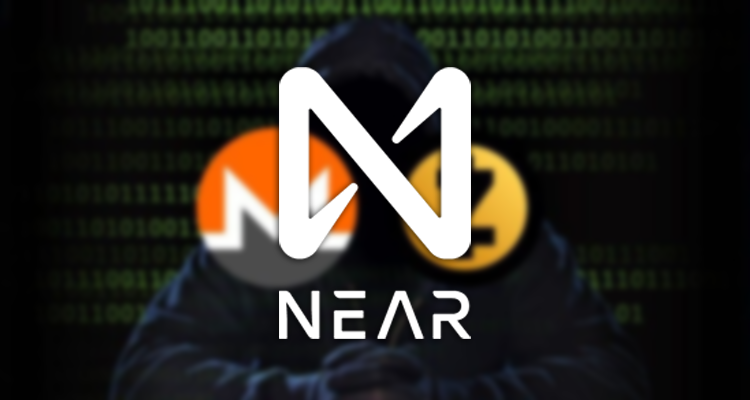
The Cypherpunk Guild is launching on NEAR Protocol, as a home for Web3 privacy advocates and the many different solutions awaiting development within the space. Unlike privacy coins like Monero or ZCash, NEAR is a smart-contract platform that operates as a foundation for other decentralized protocols and applications. Embedding the option to transact or build on NEAR using private transactions is the first goal of the Cypherpunk Guild. As Arto explains:
Cypherpunk projects are projects that support the NEAR vision and mission of building a user-owned internet – the Open Web – where people have control of their own data and money. And the way to do that is to enable better privacy than has existed so far on NEAR.”
In terms of the concrete goals of the Guild, Arto explains how it will ideally operate as a ‘privacy hub’ that not only delivers private transactions to NEAR, but also functions as a homebase for an active community of privacy advocates interested in safeguarding their money, identity and data:
“Accordingly, we plan to solicit, evaluate, and fund projects that increase and promote individuals’ privacy, security, and self-sovereignty with regards to their data and their funds, warmly welcoming cypherpunks and privacy-first initiatives into the NEAR community and ecosystem.”
This importantly comes with board support from Chief Economist of Cypherpunk Holdings, Jon Matonis (Note: Cypherpunk Holdings is the 9th Largest BTC Wallet in the world). Arto leaves the topic with foreshadowing of what can be expected into the future:
“For now we have a few concrete grant proposals from well known cypherpunks who are looking at NEAR for the first time given the privacy blitz around NEAR now. This is definitely bringing more eyes to NEAR. And we will deliberate on the initial grant proposals in the next weeks and announce some first grants.”
Why Did The Cypherpunk Guild Launch On NEAR?

In a recent Marketing Update, NEAR defined its vision as “A world where people have control of their money, data, and power of governance.” That vision and the values grounding the development of the NEAR Ecosystem, was a determining factor in attracting Arto and Frank to NEAR in the first place. Applying for funding from the NEAR Foundation for the Cypherpunk Guild was a way of putting NEAR’s commitment to privacy to the test: The Guild received 100,000 $NEAR for the next 18 months, with every member of the council voting yes.
Beyond the ideological support from the NEAR Ecosystem, Arto and Frank both saw NEAR as an innovative 3rd generation blockchain that was defined by its scalability and usability. As Frank explains with reference to the NEAR Account model, the surface has only been scratched:
“With the NEAR Account model, it is possible for accounts to contain smart contracts with multiple access keys, that can have different levels of privilege. This enables a lot of use-cases that are interesting. It is possible to create smart contracts that can essentially fund themselves because they get a portion of transaction fees.”
Importantly, both Frank and Arto stressed that even though NEAR is technically sound, and rapidly developing, the space remains open and the future undetermined: Network effects, luck, and consistent community action are also important variables for NEAR’s long-term future development potential.
Why is Privacy Important For the World We Live In Today?
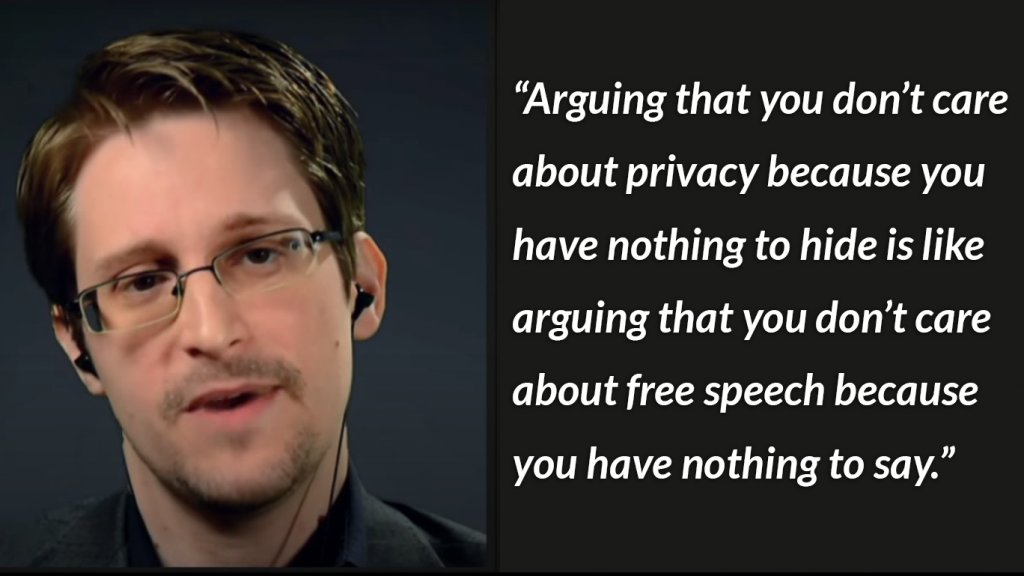
On a more theoretical level, Arto and Frank took the time to delve into the importance of privacy in cultivating a healthy society of independent and free individuals. Frank’s main point on the topic of privacy centered upon prior discussions he has had on his podcast that revolve around the freedom to innovate and experiment with ideas, forget, and evolve:
“The way I look at it is basically that the development of society is basically an evolutionary process. Like in evolution, in order to experiment with things we first of all need to generate all of these ideas, products and philosophies. And then select the best and let them run their course. If we restrict the ability of people to do that, or to innovate their ideas we limit the strict evolution of society. We are getting into a situation where we are severely restricting the ability of people to innovate. On the one hand you lose your future, but you also have your permanent past. The stupid things you say when you are 16 years old – the current 16 years old this will haunt them when they are 40 because it is on permanent record.”
Arto, in a similar vein, spoke about the true danger of surveillance as represented in 1984:
“The point of the surveillance in 1984, wasn’t that the state actually had sufficient resources to actually keep track of everybody all the time. Rather it was that you never knew when they were looking in on you or not. And given that you had to behave as though they were looking in on you all of the time. That manifested itself in certain compliance behaviors. We are heading into something like that when we don’t have privacy. If all of our communications are available to some third party, we are going to self-censor, and we are going to adjust our behavior. That doesn’t lead to any good place.”
Privacy in this context is an essential part of a free, open, healthy, and innovating society: To end privacy is to slouch towards soft tyranny, subtle control, and the constant unspoken fear of being surveilled, tracked, and prosecuted. This is the current reality in many places across the globe.
What Kind of Solutions is Cypherpunk Guild Hoping to Build or Fund?
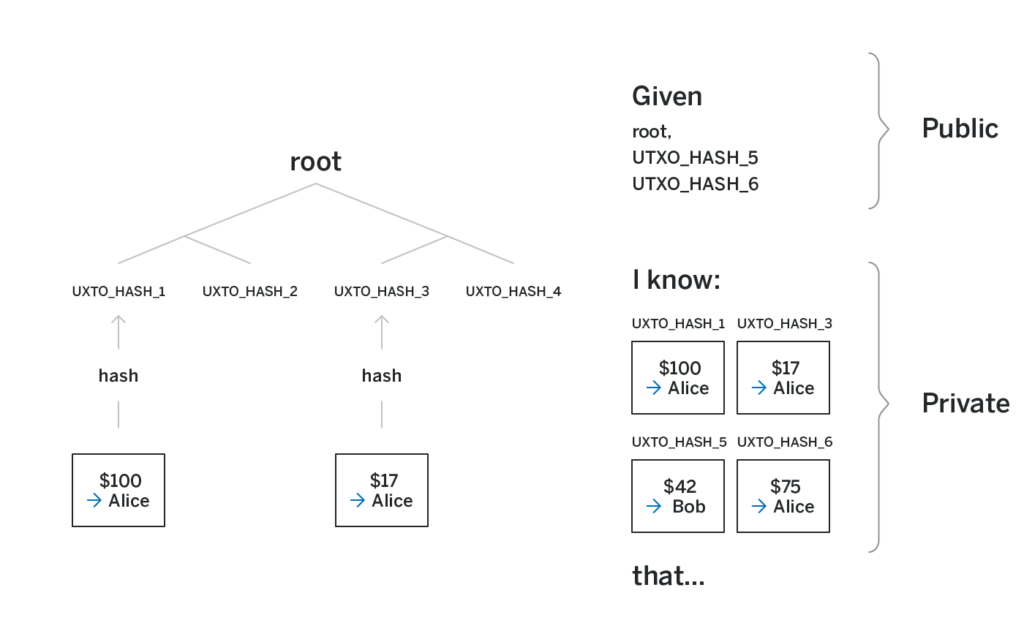
The Cypherpunk Guild’s immediate goal is to bring private transactions to NEAR. As Arto explains:
“Our priority is private transactions for NEAR. The Funding commitment is contingent on us taking ownership of this question. Now, effectively, the Cypherpunk Guild is the business owner for this.”
Beyond bringing private transactions to NEAR, the discussion also touched on censorship-resistant review apps like True Review, the possibility of creating a decentralized chat app on NEAR, as well as the important choice validators will have to make when allowing free speech on the platform.
“On Chain identity and reputation systems are also in line with things the guild would want to fund. It should be feasible to do an onchain private messaging system. ARmail has actually become quite successful. This might actually take off in some way between NEAR users. Private prediction markets are also a big category.”
The Future of Privacy Is At Stake
In a final call to action, the panel reiterated the importance of bringing privacy to Web3 and the need to start building it today. Cypherpunks Write Code. It’s Time to Build. To learn more about Cypherpunk Guild, join the conversation here. To learn more about Arto and Frank, you can read up on their Humans of NEAR storylines (Frank Humans of NEAR) and (Arto Humans of NEAR). To learn more about Cypherpunks and the history of the movement, check out the 4NTS Guild Overview, here.
